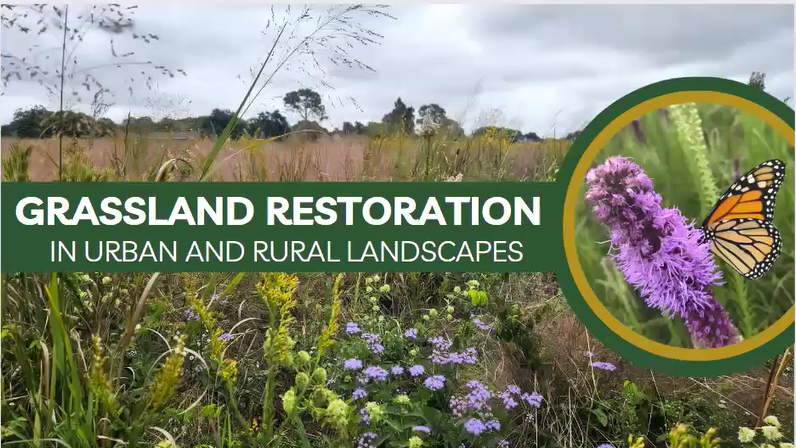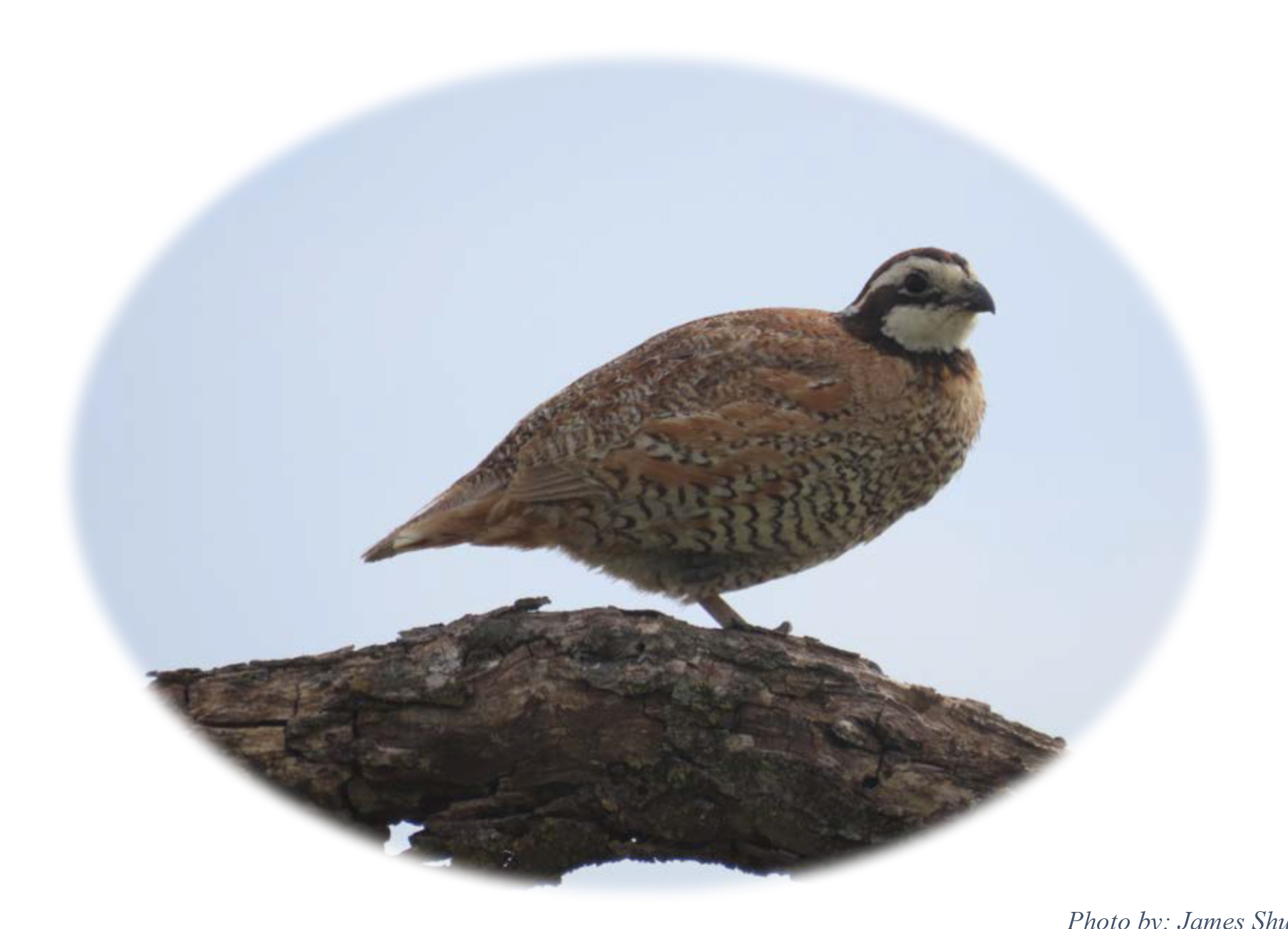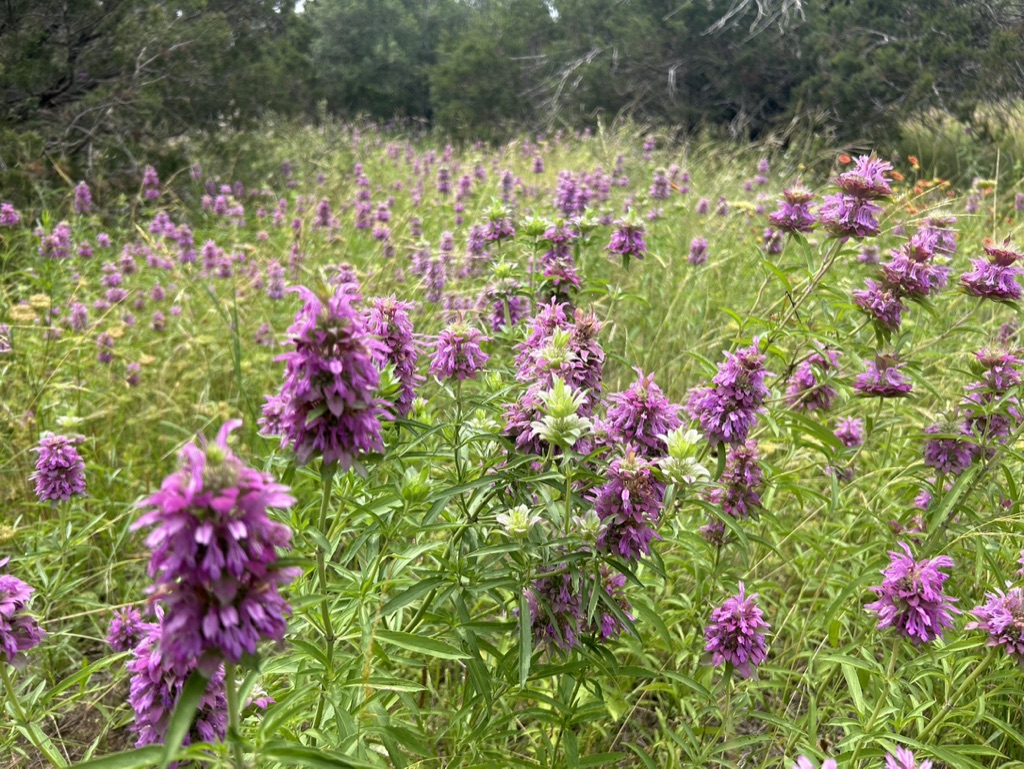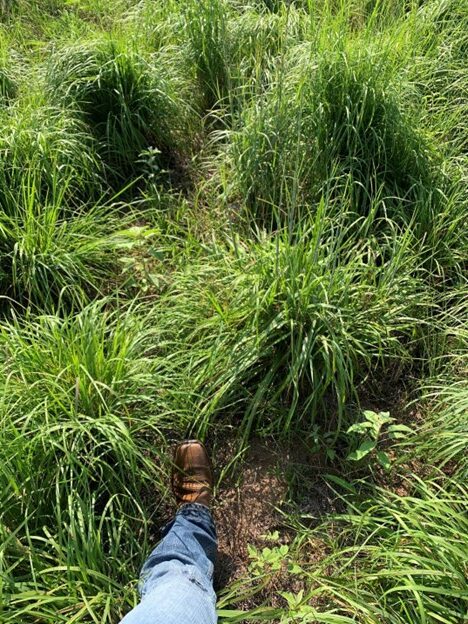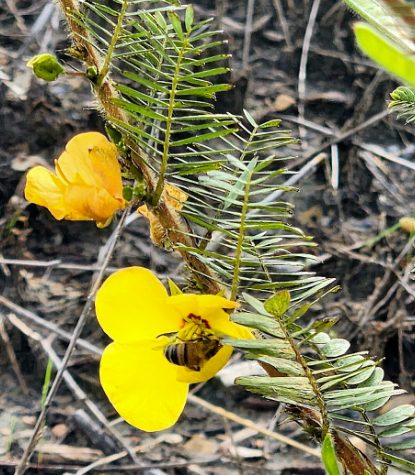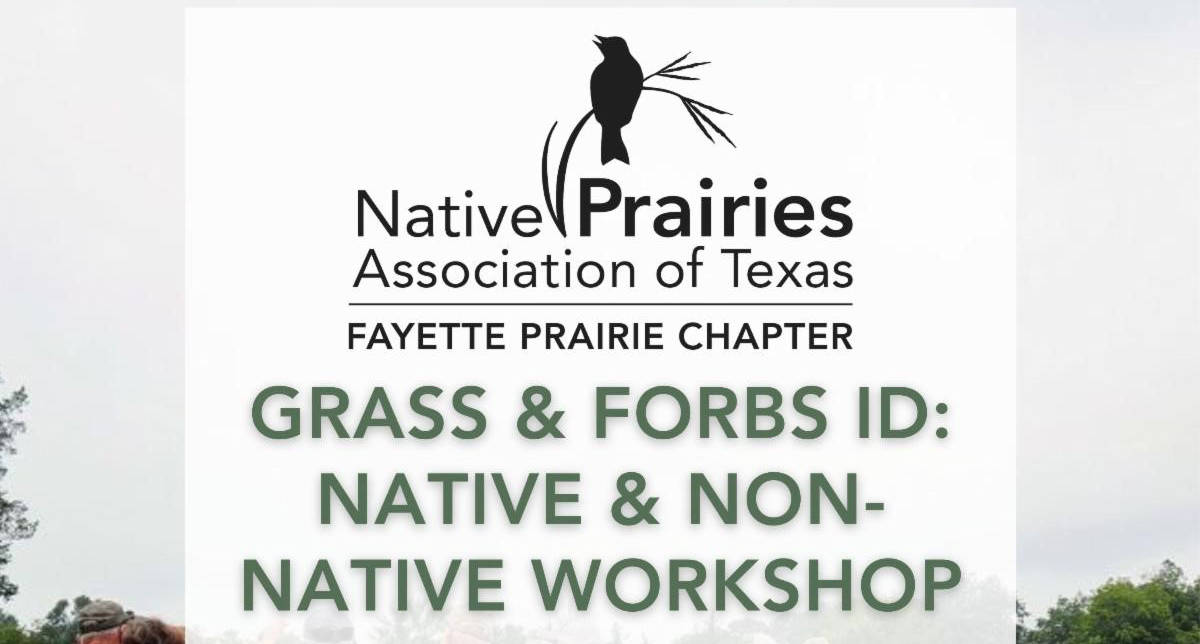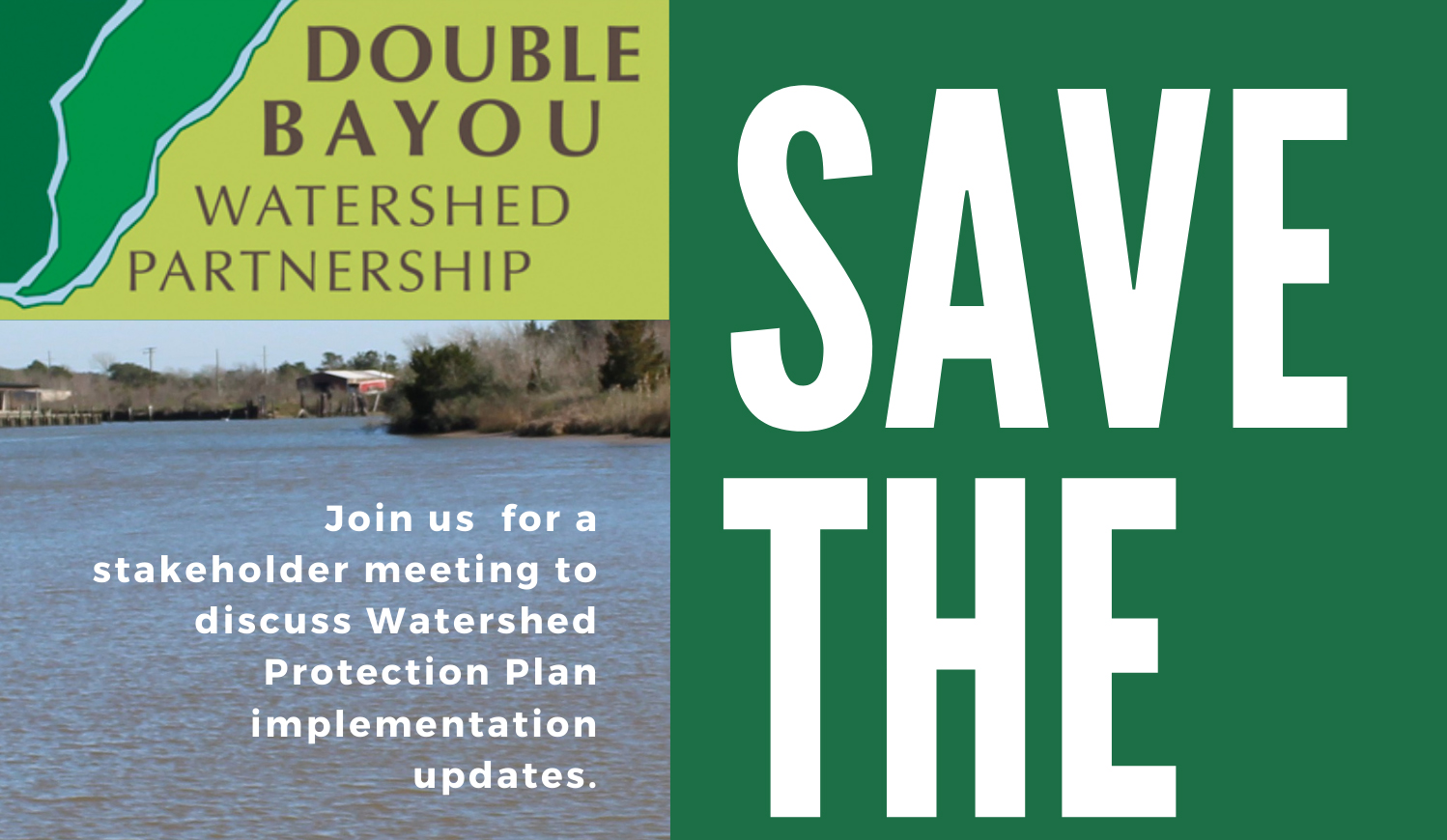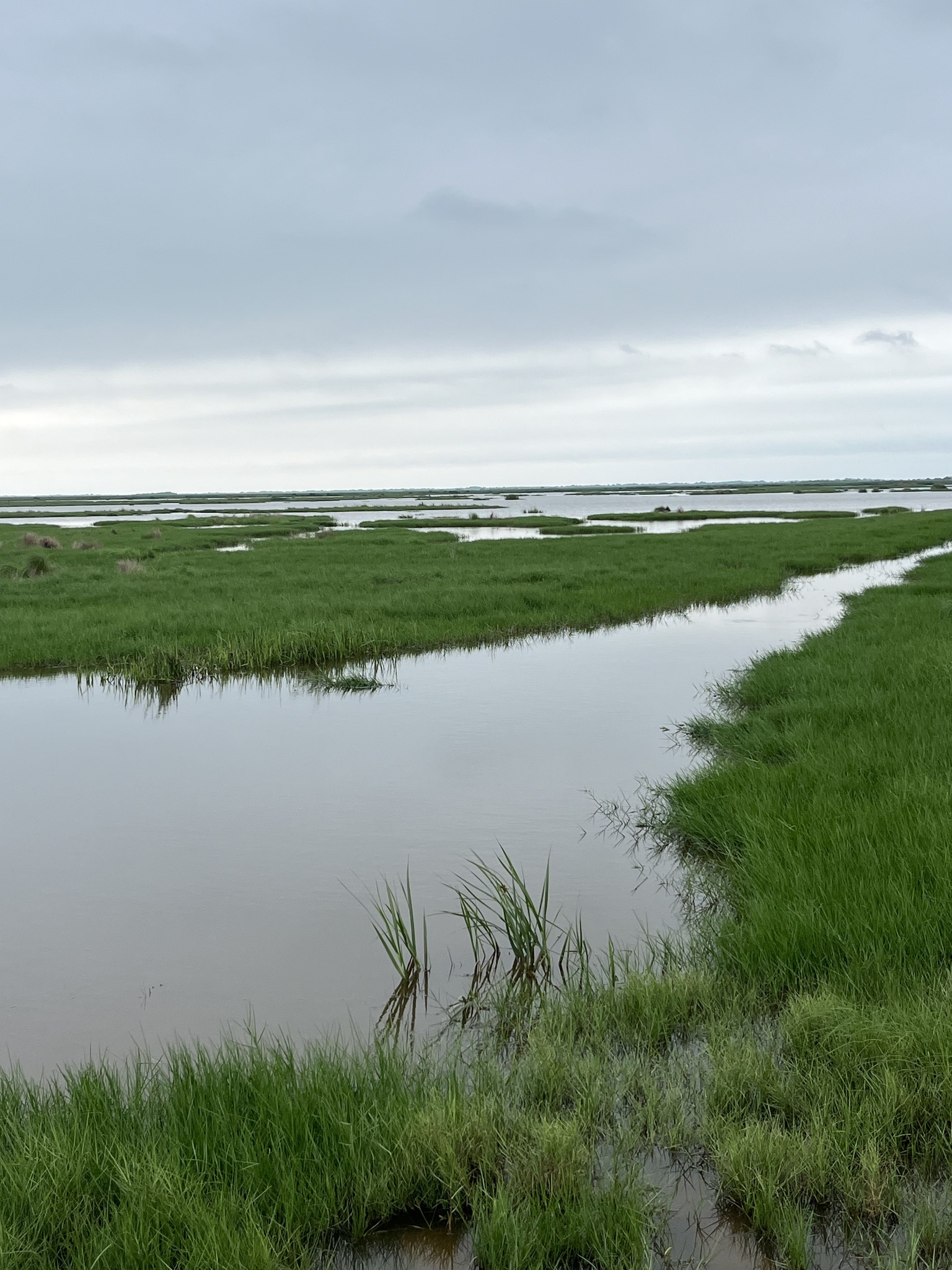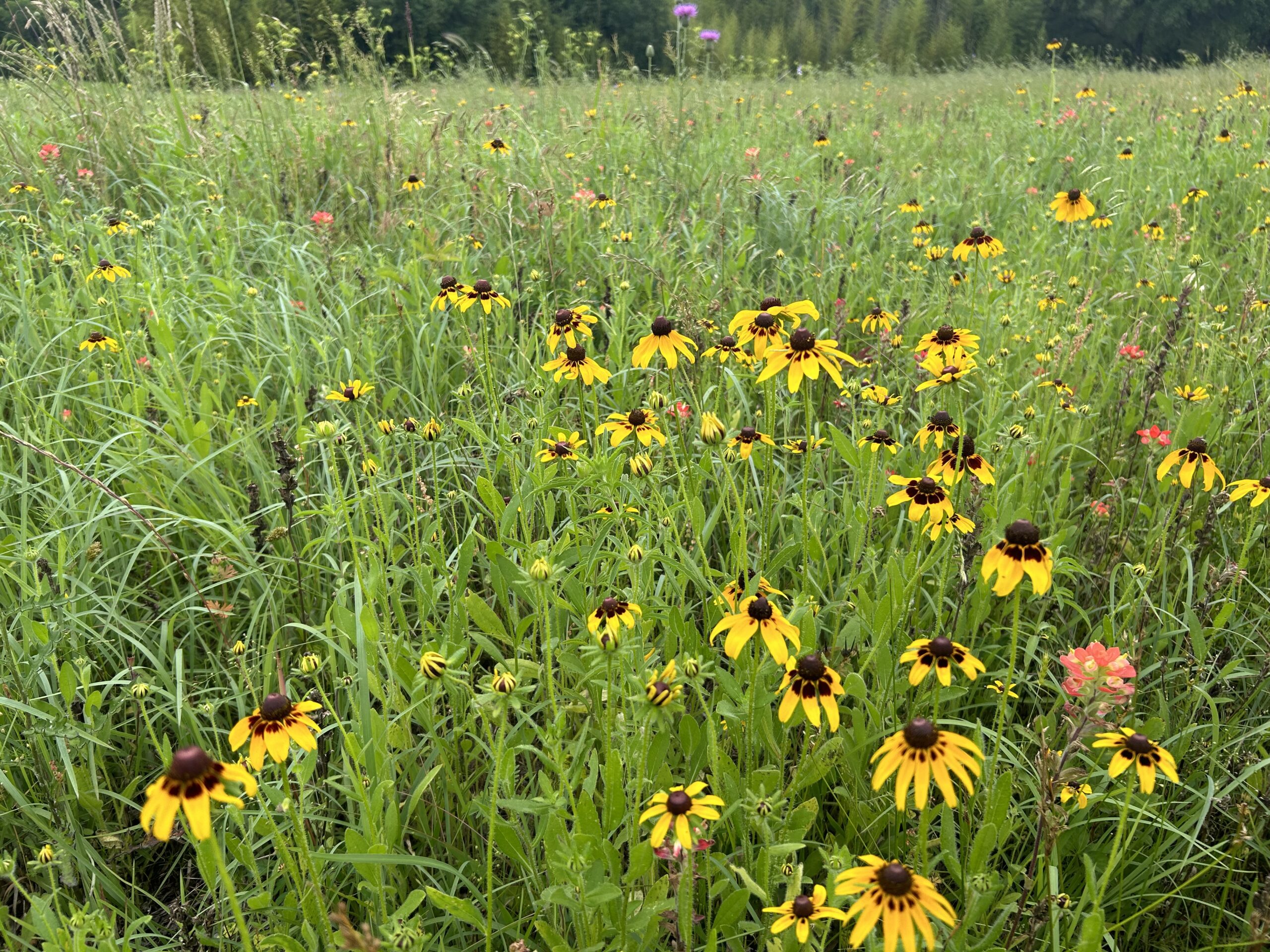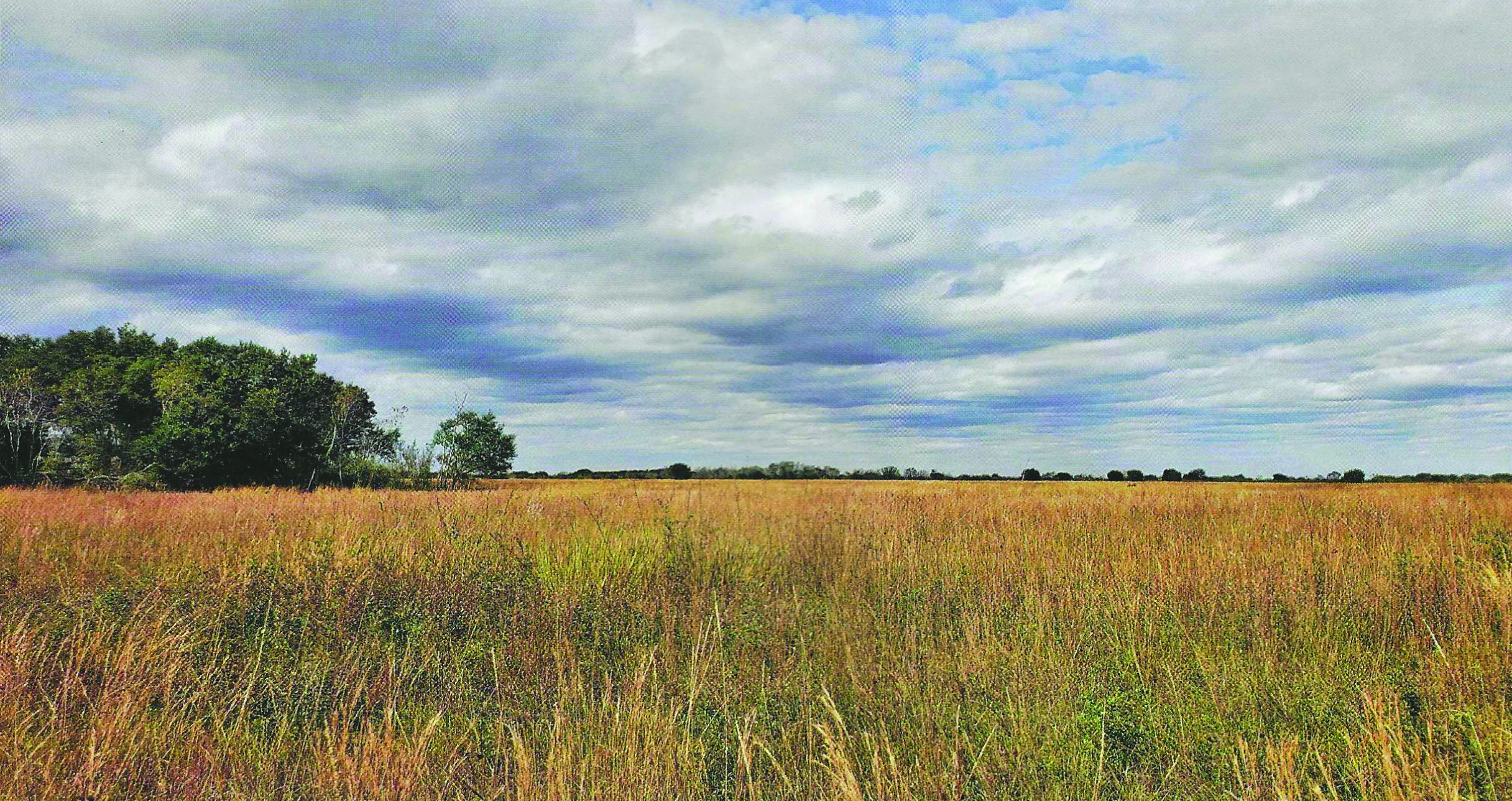13
Aug
Grassland Restoration in Urban Landscapes
0 Comment
Grassland Restoration in Urban and Rural Landscapes presented by Schyler Rhea, WHF Conservationist. Our mission is to provide on-the-ground restoration, management and generational sustainability of prairie habitat for the conservation of soil, water, air, and wildlife.
31
Jul
Riverby Ranch Mitigation Site Quail Monitoring Effort
Restoration efforts on the Riverby Ranch Mitigation Site in Fannin County, Texas have provided a safe haven for over 200 species of birds, including a variety of grassland species that are currently experiencing steep population declines such as Dickcissels, Bell’s Vireo, and Grasshopper Sparrows. One such species, the Northern Bobwhite, otherwise referred to as “quail”... Read More
02
Jul
Lemon Mint
Have you ever heard of Lemon Mint? What about Beebalm or Horsemint? No matter where you’re from or what name you call this plant, it’s all the same: Monarda citriodora. This is a very important pollinator species in Texas. Able to grow in most soils, it provides blooms to pollinators from May through July, or... Read More
01
Jul
Little Bluestem
Native grasses such as Little Bluestem (Schizachyrium scoparium), provide excellent nesting and brooding habitat for Northern Bobwhite quail and their young. These bunch grasses, typically the size of a basketball at the base, offer a dense nesting substrate that optimizes reproductive success. Bunch grasses commonly grow in a thick mosaic of clumps, interspersed with open... Read More
28
Jun
Western honeybees, Apis mellifera
Although not native to North America, Western honeybees (Apis mellifera) are a critical part of our ecosystems and help pollinate much of our agricultural cropland production. Native prairie plants, such as partridge pea (Chamaecrista fasciculata), are excellent sources of nectar for honeybees and provide the necessary habitat for pollinator species to survive. Next time you’re... Read More
21
Jun
Grass & Forbs ID: Native & Non-Native Workshop
Have We Met? Remembering names and faces can be hardRemembering grasses and forbs doesn’t have to be Identifying Native & Non-Native Grasses & ForbsBerri Moffet, WHF Saturday, June 21, 2025 9:00 am – 2:30 pm9:00am – 12:00pm | Fayette Library, 855 S Jefferson St, La Grange, TX 78945Bring your lunch to enjoy in the park... Read More
03
Jun
Double Bayou Stakeholder Meeting June 2025
The Double Bayou Watershed Partnership will hold their stakeholder meeting to discuss Watershed Protection Plan implementation updates. Schyler Rhea, WHF Conservationist, will be speaking at the event. June 3, 2025, 5:30 – 7:30pmOak Island Community Building1126 W. Bayshore Rd.Oak Island, TX 77514
30
May
Coastal Marshlands
Coastal marshlands are home to a rich variety of plant and animal species. They provide critical breeding, feeding, and nursery grounds for fish, birds, and invertebrates. This includes commercially important fish species and migratory birds. Coastal marshlands are highly effective at capturing and storing carbon dioxide from the atmosphere. The plants in these wetlands, particularly... Read More
15
May
Tales from the Field: the Prairie Edit
This season, our Tales from the Field story is focused on the importance of prairie ecosystems. The prairie habitats found throughout Texas and North America are considered temperate grasslands, with cold winters and hot summers. Historically, grasses and forbs dominated the landscape with the presence of few trees and shrubs. Overtime this valuable ecosystem has... Read More
04
May
Meeting Landowners Where They Are
“We meet landowners wherever they are – and walk alongside them wherever they want to go. From initial outreach and reading the land to post-practice monitoring, we’ll do what needs to be done including helping them navigate various financial assistance programs.” Learn how WHF is coming alongside landowners in their individual conservation journeys in this... Read More

